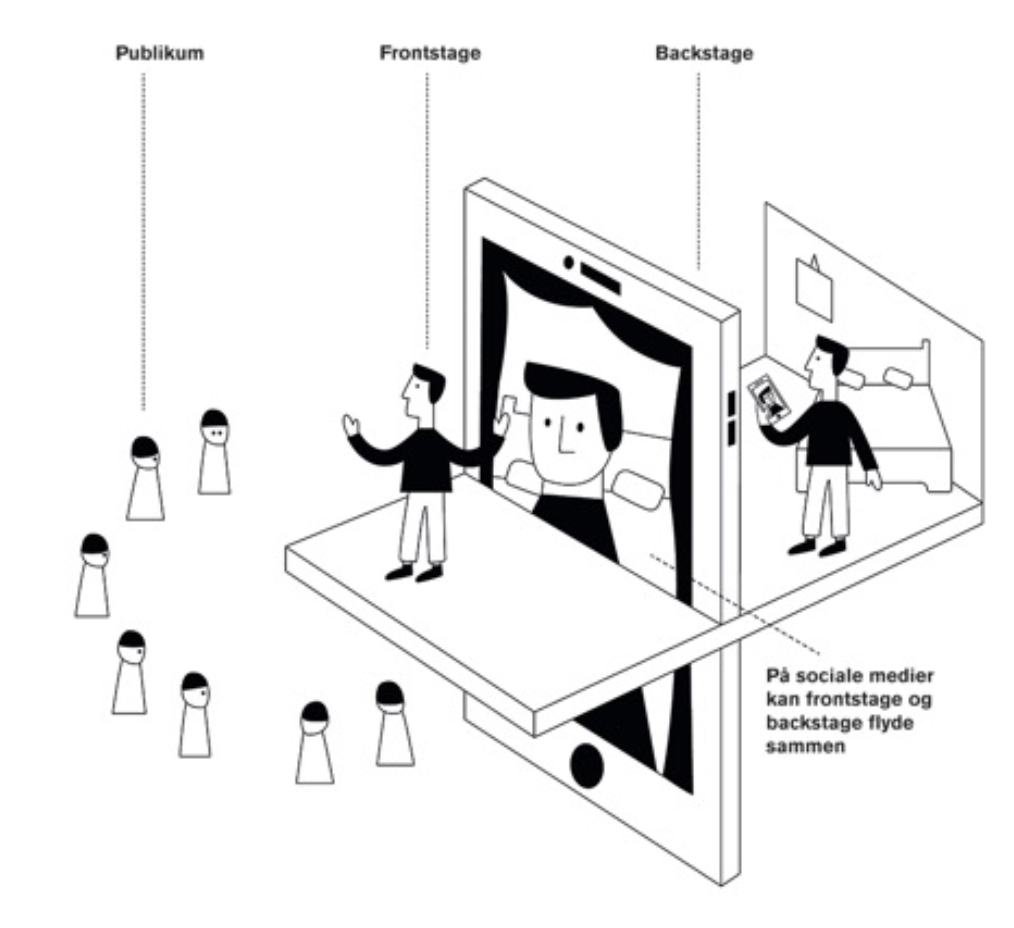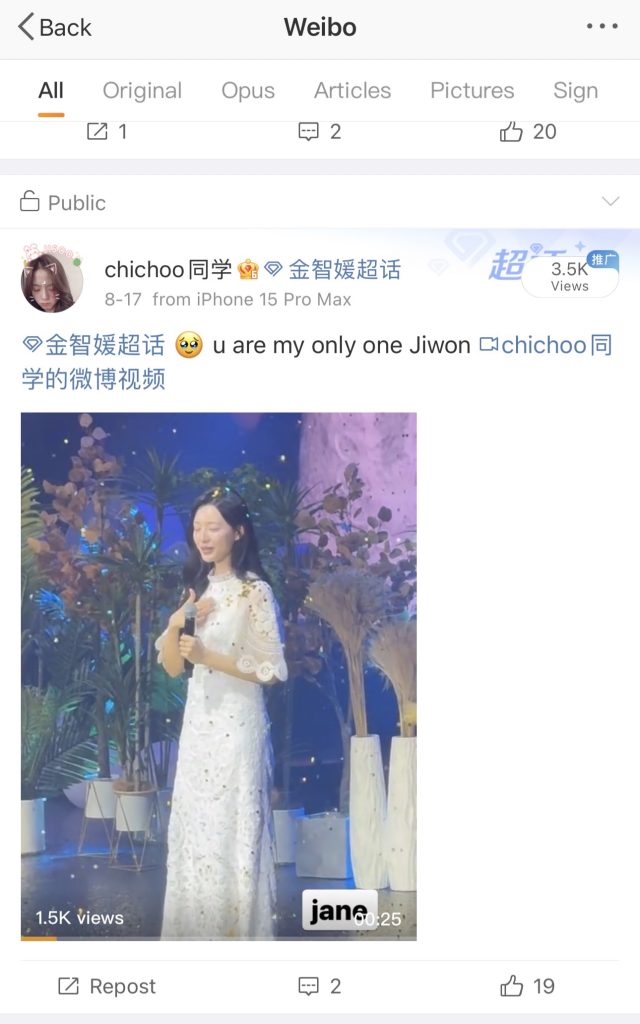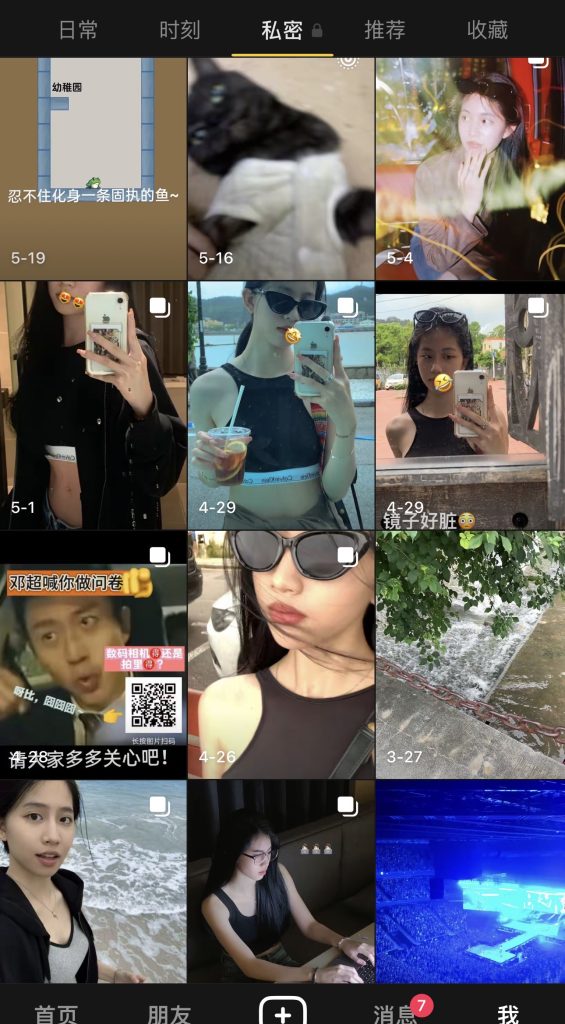Is Human Identity Complex and Varied?
Without a doubt, human identity is remarkably flexible. People’s self-presentations are often carefully designed, and this quality is equally evident in online spaces. Across different social media platforms, the ways individuals portray themselves vary. The internet’s anonymity enables people to explore different facets of their personalities. Moreover, social groups contribute to shaping the identities that people choose to display, with social media algorithms determining which traits attract the most engagement. For instance, actors on public platforms exhibit their honed abilities and idealized personas, boosting their visibility and aligning with the glamorous expectations of the public.

Simply put, people alternate between “front stage” and “back stage” personas. Sociologist Erving Goffman labelled this behavior as “impression management.” For example, a well-known actress in China celebrated for her exceptional talent and attractive appearance, became embroiled in personal scandals in her private life. The surrogacy controversy, in particular, cast skepticisms on her “genuine” identity, as her “back stage” actions prompted the public to question the carefully shaped image she presented on the “front stage.” This case highlights that individuals often reveal only the aspects of themselves they wish others to perceive while obscuring the more contentious sides. This pattern appears among public figures, educators in various contexts, and employees in workplace settings, where each person adopts a persona that aligns with their environment.
My Weibo vs. My TIKTOK
The persona I present on different platforms is different. When using different social platforms, I have different purposes, pay attention to different things, and it may even look completely different from who I am in real life. Take Weibo and TIKTOK for example. On Weibo, everything I pay attention to is related to entertainment, my favorite celebrities, concerts, etc. I share albums instead of my personal life. On TIKTOK, on the other hand, I have a strong desire to share my life and travel. This makes me look very different in the eyes of people who know me. This confirms the idea of Sociologist Erving Goffman, the “impression management” , which I mentioned above. He firmly believes that people will manage others’ impressions of themselves in various ways during social interactions.

In Conclusion, the digital realm is filled with both reality and pretense. Only individuals themselves can fully grasp their true identities. The personas shaped for distinct audiences—whether based on age, career, or social circles—merge elements of truth and artifice.This fluidity of identity raises a question:
Are we only showing what others expect of us?
Reference
Nin, A. (1966). The Diary of Anaïs Nin: Volume One, 1931–1934. New York: Harcourt Brace Jovanovich.
Goffman, E. (1956). The Presentation of Self in Everyday Life. Edinburgh: University of Edinburgh Social Sciences Research Centre.





Hiii Nuozhen, this post wonderfully captures the complexity of managing our digital identities across different platforms. It’s so true that we present unique personas depending on the audience and context. For example, I focus on my professional achievements on LinkedIn, while on Instagram, I share my personal hobbies and travel experiences, presenting a lighter and more relaxed side. This aligns with Goffman’s ‘impression management’ idea, where we all consciously shape how we’re seen. A great example is Dove’s ‘Real Beauty’ campaign, which encourages authenticity by showcasing people’s true selves rather than curated images, reminding us to balance authenticity and presentation online.
Your blog provides a fascinating exploration of identity in the digital age, cleverly combining Goffman’s “impression management” to explain how we create different personas on social media. I really like the example of the actress’ public image versus her private controversies, which effectively highlights the tension between on-stage and off-stage identities. I also appreciate your personal experience of using Weibo and TikTok to illustrate how the audience of a particular platform can influence self-expression. The final question is particularly intriguing – it makes me reflect on whether I have really created my online persona.